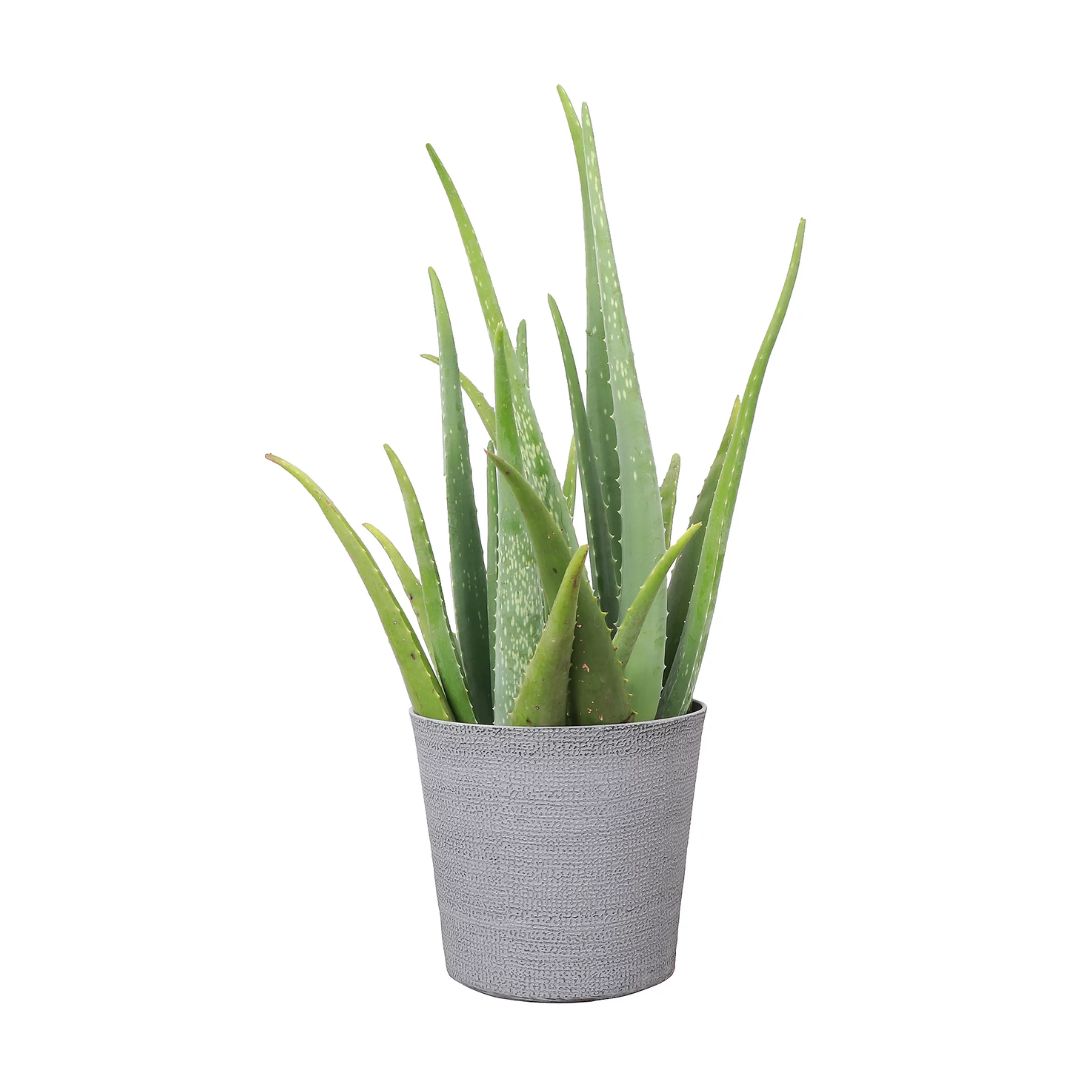How Often Should I Water an Aloe Plant? Secrets to a Healthy Succulent
Help this medicinal marvel thrive with these easy watering techniques by the experts
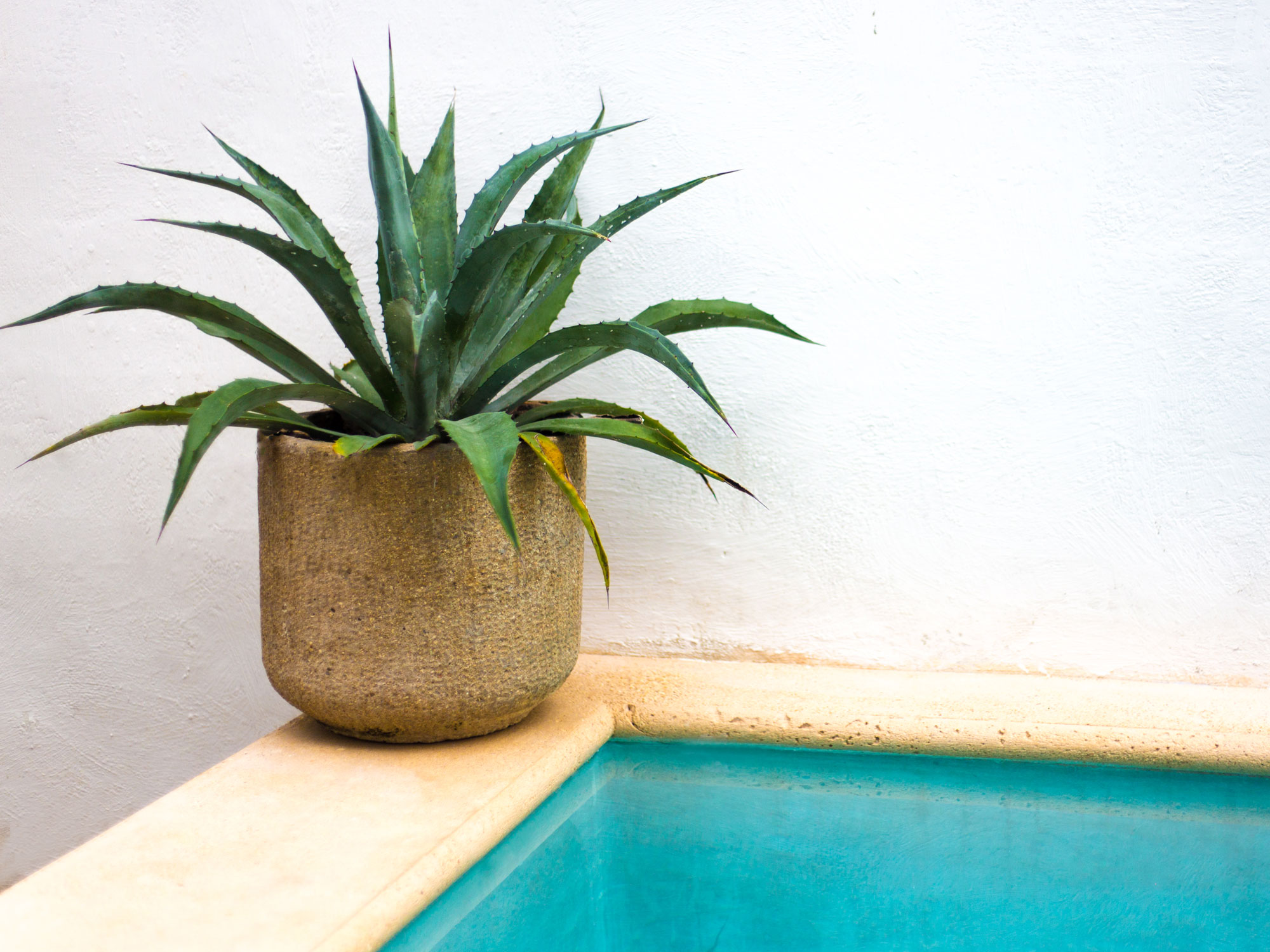
Aloe vera plants are among the most popular succulents, loved for their sculptural forms, easy care requirements and medicinal properties. Yet, we may find ourselves wondering how often should I water an aloe plant?
These desert dwellers are low-maintenance plants precisely because they don't require watering too often. This can leave us confused as to how much water they need, which is why you need to know the basics of how to care for aloe plants.
However, as with other succulents, aloe plant care is simple if you follow some basic steps. Here's what experts suggest for a healthy aloe vera.
How often should you water an aloe vera plant?

It's easy to forget to water an aloe vera, or to neglect them in ways other plants couldn't tolerate as they are known to be hardy houseplants even you can't kill. After all these succulents hail from harsh desert conditions and often surprise us with their resilience.
Yet knowing how often to water an aloe will help it thrive. Of course, like other plants, this may differ according to the season. However, with a baseline knowledge of this plant's ideal requirements, it is better able to flourish.
"The rule for healthy Aloe plants applies to most succulents, which is to not overwater them," says Whitney Bromberg Hawkins, founder, Flowerbx. "Succulents generally prefer dry conditions so won’t ever require excessive watering, particularly in the winter months when sunlight is more limited."
Whitney continues: "The soil should always be completely dry before you re-water your aloe plant, but once a week in spring/summer and once a fortnight in autumn and winter is a good rule of thumb."
How do you tell if an aloe needs watering?

Known as one of the best houseplants for beginners, aloe vera plants are easy to take care of and just like with other houseplants, checking the soil first is best practice. If the soil is dry, the aloe requires watering. If the soil is damp, it doesn't.
"The easiest way to tell if your Aloe needs water is to feel the soil with a fingertip," says Justin Hancock, horticulturalist, Costa Farms. "You can also insert a wooden toothpick up into the bottom drainage hole of the pot. Leave it there for a couple of seconds and then slide it out."
If the toothpick is clean, Justin says your aloe is on the dry side and If the toothpick comes out with potting mix on it, there's usually enough moisture that it doesn’t need watering.
He adds: "You can use moisture meters, but be cautious, as they are not all calibrated to cacti and succulents. If your Aloe is on the small side, picking it up and feeling its weight is also a great way to determine moisture level. The potting mix is like a sponge — it absorbs water. So the more moisture there is, the heavier your pot will be. With a bit of practice, you'll get a feel for how light or heavy your plant will be when it needs water."
If your aloe is in need of water, its leaves will start to dry out at the tips. "The leaves may also feel soft and the edges may start to curl inward," explains Justin. "If it gets really, really dry, it may develop a bronzy or brownish cast."
What's the best way to water an aloe vera plant?
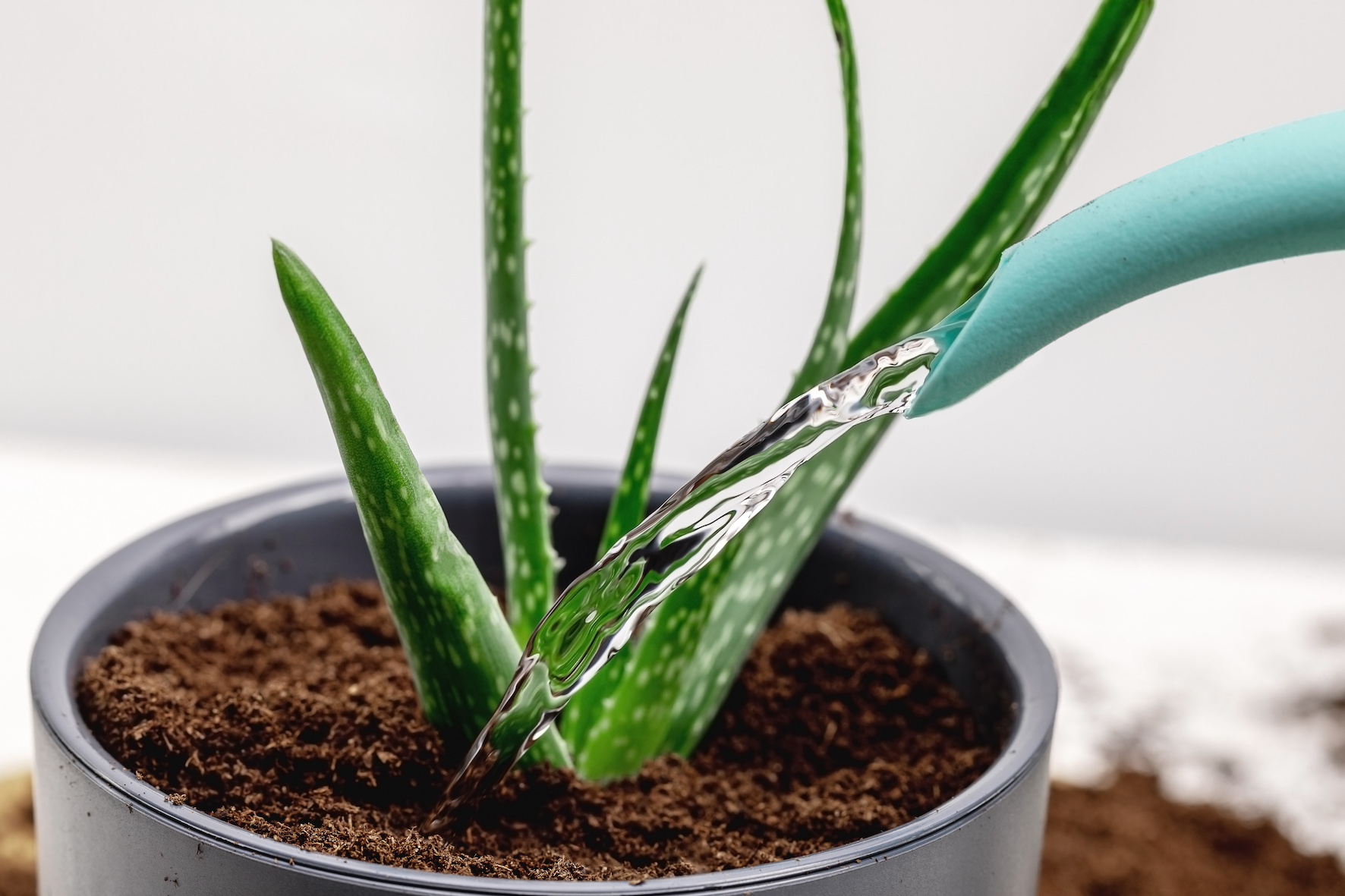
There are multiple ways of watering houseplants, with some species preferring to be dunked and drained, others watered with a can and some from the base up. The good news, according to Justin Hancock, is that there’s no one best way to water an Aloe Vera plant.
"It’s far more important to give your Aloe enough-but-not-too-much water than how you deliver the water to it," says Justin. "Personally, I top-water mine from an old 1.5L water bottle."
Justin says the opening is small, making it easier to control how much water he's using, but, he adds: "the bottle itself is big enough that I don’t have to make too many trips between the faucet and my plant. Plus, the water bottle shape is easier for me to walk around the house with and spill less than a watering can. If you decide to bottom water, just be sure your Aloe doesn’t sit in the water to soak for more than about 15 or 20 minutes."
FAQs
What does an overwatered aloe plant look like?
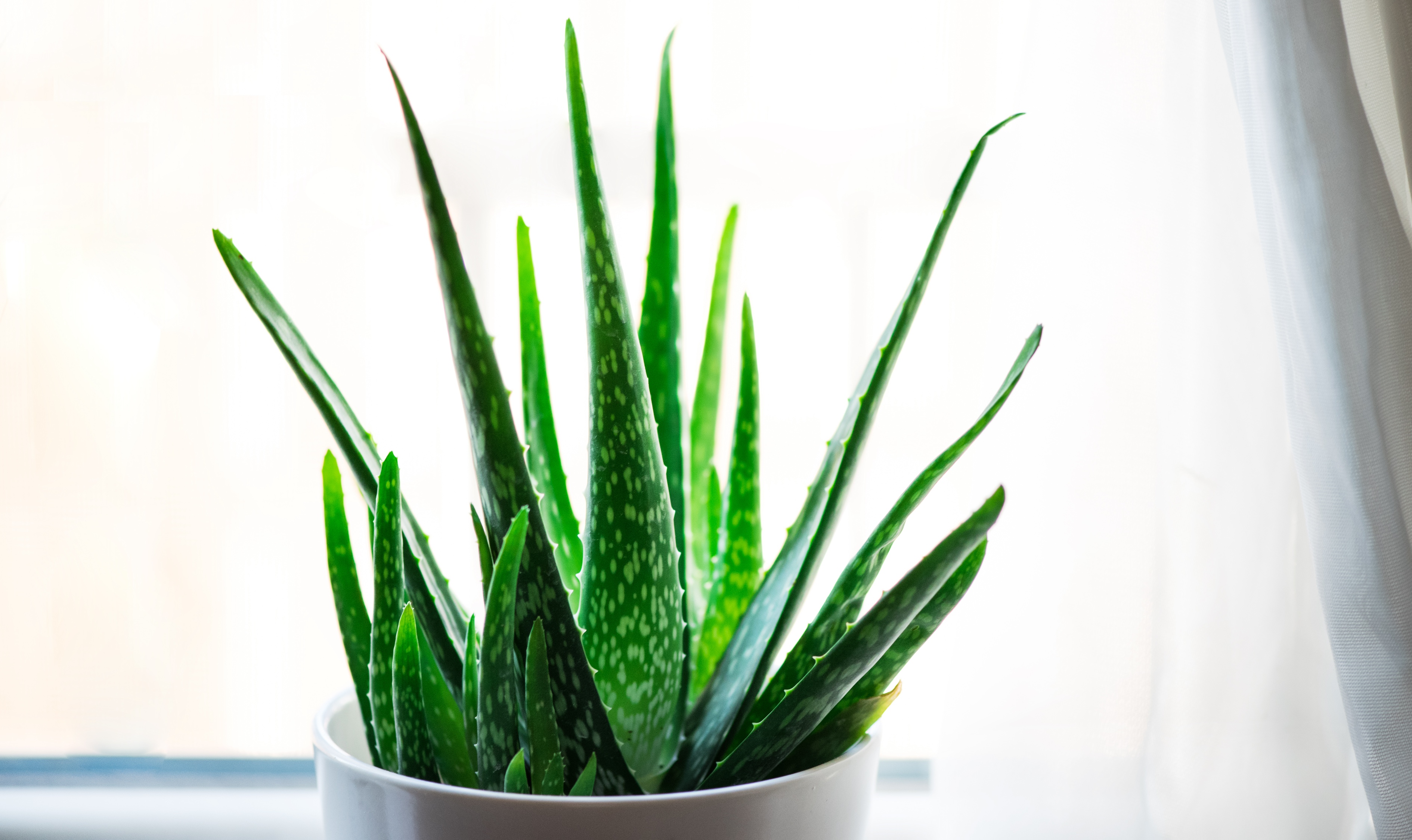
Succulents are among the biggest casualties of overwatered houseplants. So how can you tell if you've been overwatering your aloe plant?
"If your Aloe Vera has been staying too wet, the leaves may start to have something of a translucent look and start to feel soft or even soggy," says Justin. "In severe cases the leaves become so soft they rot and fall off the plant.
"Alternatively, they may also develop a yellowish or brownish cast. Of course, it’s easiest to feel the soil periodically since you can sense moisture levels with your finger more readily then you can necessarily see symptoms of over-(or under-) watering, particularly early on."
Want to add these Aloe plants into your home? Here's a fine selection
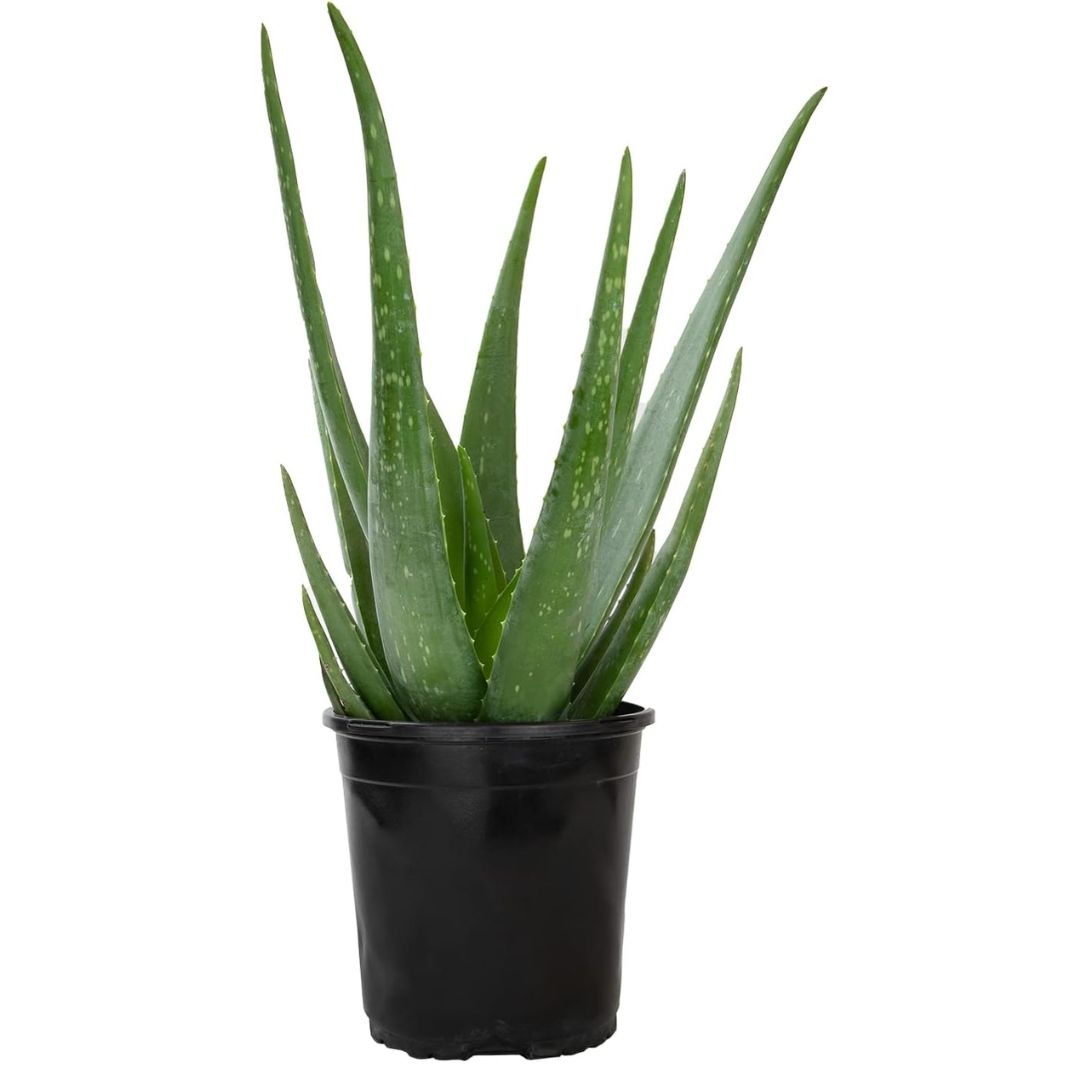
Price: $16.99
This 1-gallon aloe nursery pot thrives in full sun to partial shade. Its sharp appearance and green leaves will certainly bring a source of zen into your home.
Be The First To Know
The Livingetc newsletters are your inside source for what’s shaping interiors now - and what’s next. Discover trend forecasts, smart style ideas, and curated shopping inspiration that brings design to life. Subscribe today and stay ahead of the curve.
Jacky Parker is a London-based freelance journalist and content creator, specialising in interiors, travel and food. From buying guides and real home case studies to shopping and news pages, she produces a wide range of features for national magazines and SEO content for websites
A long-time contributor to Livingetc, as a member of the team, she regularly reports on the latest trends, speaking to experts and discovering the latest tips. Jacky has also written for other publications such as Homes and Gardens, Ideal Home, Red, Grand Designs, Sunday Times Style and AD, Country Homes and Interiors and ELLE Decoration.
-
 Turns Out the Coolest New Café is Actually In Your Kitchen — Here's How to Steal the Style of TikTok's Latest Trend
Turns Out the Coolest New Café is Actually In Your Kitchen — Here's How to Steal the Style of TikTok's Latest TrendGoodbye, over-priced lattes. Hello, home-brewed coffee with friends. TikTok's 'Home Cafe' trend brings stylish cafe culture into the comfort of your own home
By Devin Toolen Published
-
 5 Bathroom Layouts That Look Dated in 2025 — Plus the Alternatives Designers Use Instead for a More Contemporary Space
5 Bathroom Layouts That Look Dated in 2025 — Plus the Alternatives Designers Use Instead for a More Contemporary SpaceFor a bathroom that feels in line with the times, avoid these layouts and be more intentional with the placement and positioning of your features and fixtures
By Lilith Hudson Published

